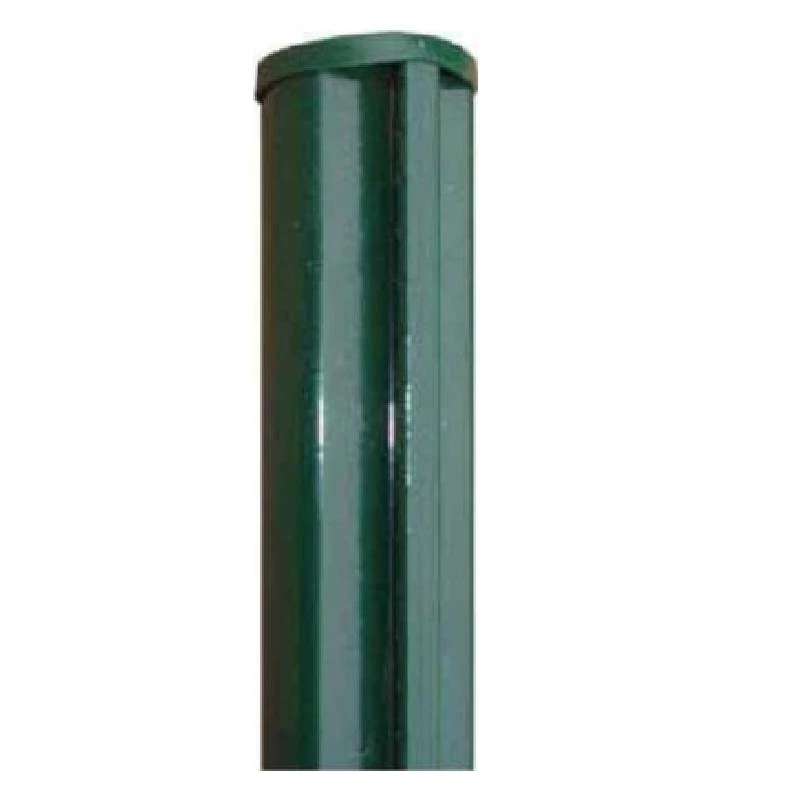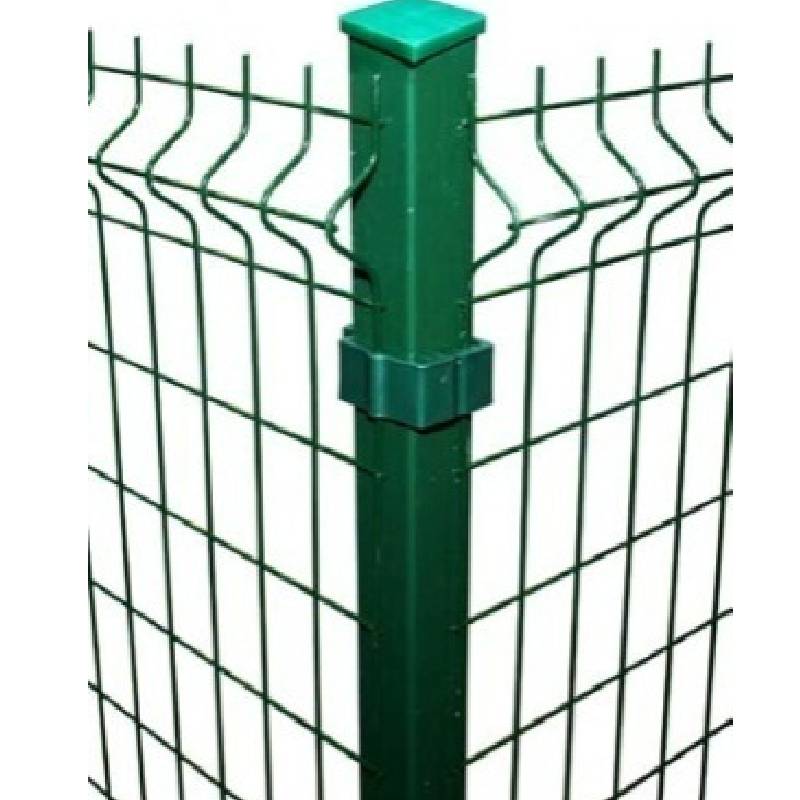-
Email:zhao@hyliec.cn
-
Tel:+86 311 85273988
-
WhatsAPP:8613931128750
-
 African
African -
 ChiAlbanian
ChiAlbanian -
 ChiAmharic
ChiAmharic -
 ChiArabic
ChiArabic -
 ChiArmenian
ChiArmenian -
 Azerbaijani
Azerbaijani -
 ChiBasque
ChiBasque -
 Chiberaruzi
Chiberaruzi -
 ChiBengali
ChiBengali -
 ChiBosnian
ChiBosnian -
 ChiBulgarian
ChiBulgarian -
 Katarani
Katarani -
 Cebuano
Cebuano -
 Kosikeni
Kosikeni -
 ChiCroatian
ChiCroatian -
 ChiCzech
ChiCzech -
 ChiDanish
ChiDanish -
 ChiDutch
ChiDutch -
 Chirungu
Chirungu -
 Esiperando
Esiperando -
 ChiEstonian
ChiEstonian -
 ChiFinish
ChiFinish -
 ChiFrench
ChiFrench -
 Frisian
Frisian -
 ChiGalician
ChiGalician -
 ChiGeorgian
ChiGeorgian -
 ChiJerimani
ChiJerimani -
 ChiGiriki
ChiGiriki -
 ChiGujarati
ChiGujarati -
 Kiriyoro yeHaiti
Kiriyoro yeHaiti -
 ChiHausa
ChiHausa -
 Chihawayi
Chihawayi -
 ChiHebhuru
ChiHebhuru -
 kwete
kwete -
 Miao
Miao -
 ChiHungarian
ChiHungarian -
 ChiIcelandic
ChiIcelandic -
 igbo
igbo -
 ChiIndonesian
ChiIndonesian -
 ChiIrish
ChiIrish -
 ChiItalian
ChiItalian -
 ChiJapanese
ChiJapanese -
 ChiJavanese
ChiJavanese -
 ChiKannada
ChiKannada -
 Kazaki
Kazaki -
 Khmer
Khmer -
 Rwandan
Rwandan -
 ChiKorean
ChiKorean -
 ChiKedhi
ChiKedhi -
 Kiyagizi
Kiyagizi -
 TB
TB -
 Ratini
Ratini -
 ChiLatvian
ChiLatvian -
 Ritunia
Ritunia -
 Rukusembogi
Rukusembogi -
 ChiMacedonian
ChiMacedonian -
 Malgashi
Malgashi -
 ChiMalay
ChiMalay -
 ChiMalayalam
ChiMalayalam -
 ChiMaltese
ChiMaltese -
 Maori
Maori -
 ChiMarati
ChiMarati -
 ChiMongoria
ChiMongoria -
 Mayanima
Mayanima -
 ChiNepali
ChiNepali -
 ChiNorwegian
ChiNorwegian -
 ChiNorwegian
ChiNorwegian -
 Occitan
Occitan -
 Pashito
Pashito -
 ChiPersian
ChiPersian -
 ChiPolish
ChiPolish -
 ChiPutukezi
ChiPutukezi -
 Punjabi
Punjabi -
 ChiRomanian
ChiRomanian -
 ChiRussian
ChiRussian -
 Samoan
Samoan -
 ChiGaelic cheScottish
ChiGaelic cheScottish -
 ChiSebhiya
ChiSebhiya -
 Chirungu
Chirungu -
 Shona
Shona -
 ChiSindhi
ChiSindhi -
 Sinhala
Sinhala -
 ChiSlovak
ChiSlovak -
 ChiSlovanian
ChiSlovanian -
 Somari
Somari -
 ChiSpanish
ChiSpanish -
 Sundanese
Sundanese -
 ChiSwahili
ChiSwahili -
 ChiSwedish
ChiSwedish -
 ChiTagalog
ChiTagalog -
 Tajik
Tajik -
 ChiTamil
ChiTamil -
 Tatar
Tatar -
 ChiTelugu
ChiTelugu -
 ChiThai
ChiThai -
 Turkish
Turkish -
 ChiTeki
ChiTeki -
 Ukrainian
Ukrainian -
 Urdu
Urdu -
 Uighur
Uighur -
 Uzbek
Uzbek -
 Vietnamese
Vietnamese -
 Welsh
Welsh -
 Help
Help -
 Yiddish
Yiddish -
 Yoruba
Yoruba -
 Zulu
Zulu
Fencing Post
What Type Of Fence Post Is Best?
The best type of fence post depends on various factors such as the type of fence, local climate, soil conditions, and personal preferences. Common options for fence posts include:
1. Round steel posts: Round steel posts are a traditional and versatile choice, suitable for various fence types. They can be treated to resist rot and decay, but may require maintenance over time.
2. Square steel posts and rabbet posts offer durability and strength, making them suitable for supporting heavy or high-security fences. They are resistant to rot and insect damage.
3. Steel round posts/ square posts/ rabbet with base plate: They are suitable to install on the concrete ground, and fixed by concrete nails.
What Size Is A Fence Post?
Fence posts come in various sizes, typically having Φ32 Φ34 Φ38 Φ48 Φ60 Φ80 for round steel posts and 40x40 60x60 40x60 60x60 80x80 100x100 etc for square tube posts in dimension. The specific size of a fence post depends on the type of fence being installed, the height and weight of the fence panels, and the local building codes or regulations. It's important to select the appropriate size of fence post to ensure stability and structural integrity for the specific fencing project. Consulting with a professional or referring to local building codes can provide guidance on the recommended size of fence posts for a particular application.
Fence Post FAQ:
What type of fence post is best?
The best type of fence post depends on various factors such as the type of fence, local climate, soil conditions, and personal preferences. Common options for fence posts include round steel posts, square steel posts and rabbet steel posts, posts with base plate or without base plate. Each type has its own advantages and considerations, so it's important to choose the most suitable option based on the specific requirements of the fence project.
What size is a fence post?
Fence posts come in various sizes, typically typically having Φ32 Φ34 Φ38 Φ48 Φ60 Φ80 for round steel posts and 40x40 60x60 40x60 60x60 80x80 100x100 etc for square tube posts in dimension. The specific size of a fence post depends on the type of fence being installed, the height and weight of the fence panels, and local building codes or regulations. It's important to select the appropriate size of fence post to ensure stability and structural integrity for the specific fencing project.
How to install a panel fence?
Paneling a fence involves several steps, including measuring and planning, installing the posts, attaching the panels, adding finishing touches, and performing regular maintenance. It's important to follow the manufacturer's instructions and local building codes when paneling a fence to ensure proper installation and compliance with regulations. If in doubt, it's advisable to consult with a professional or seek guidance from experienced individuals.






